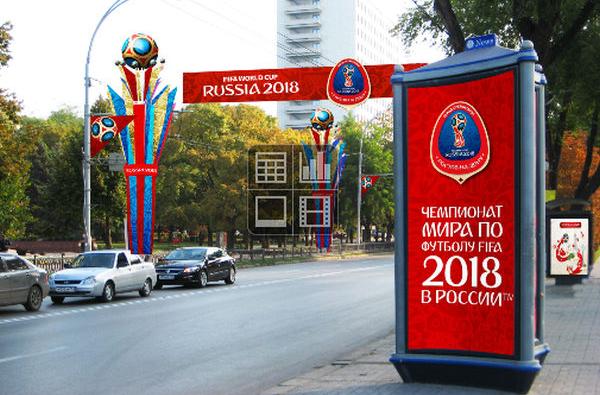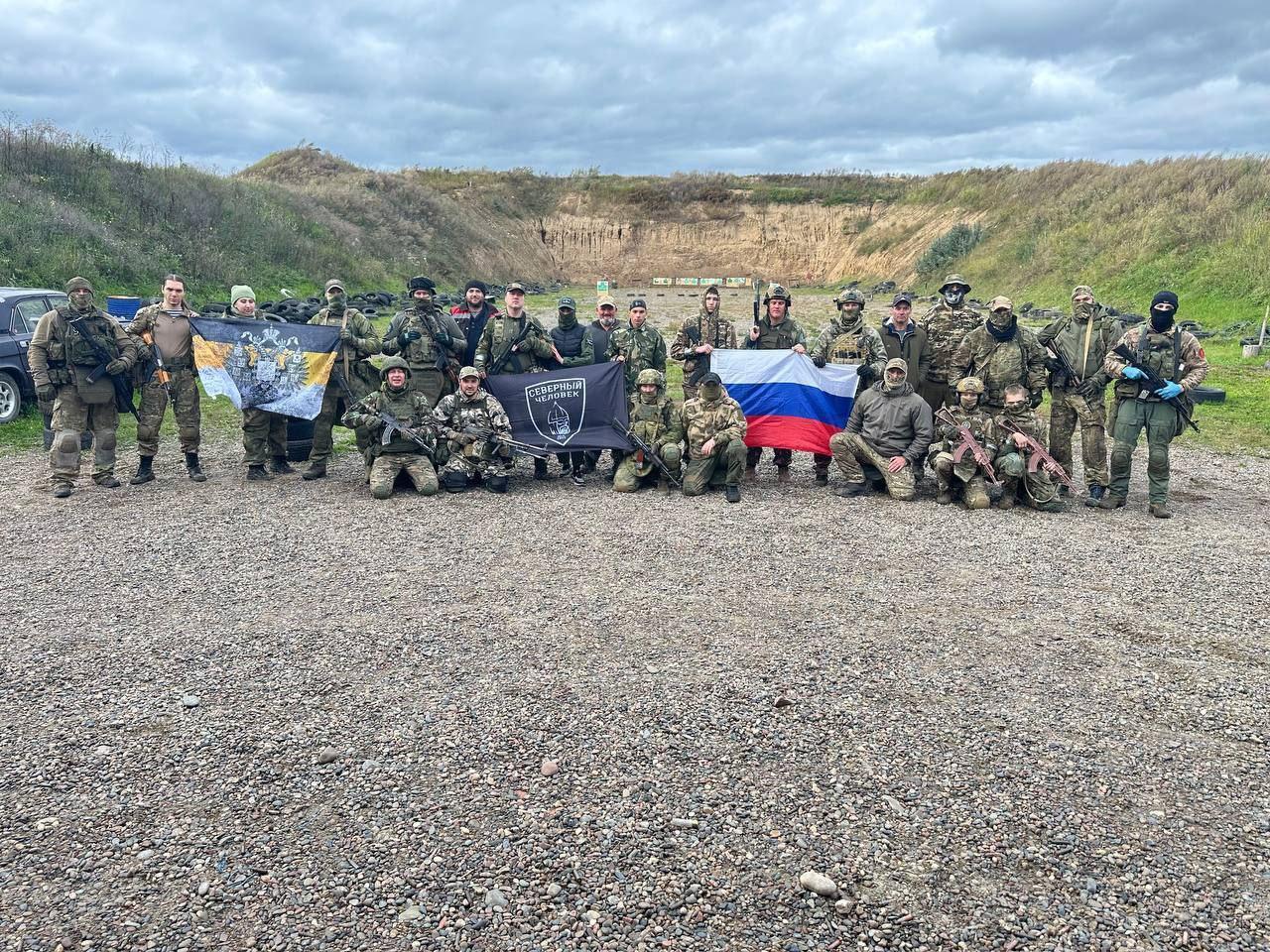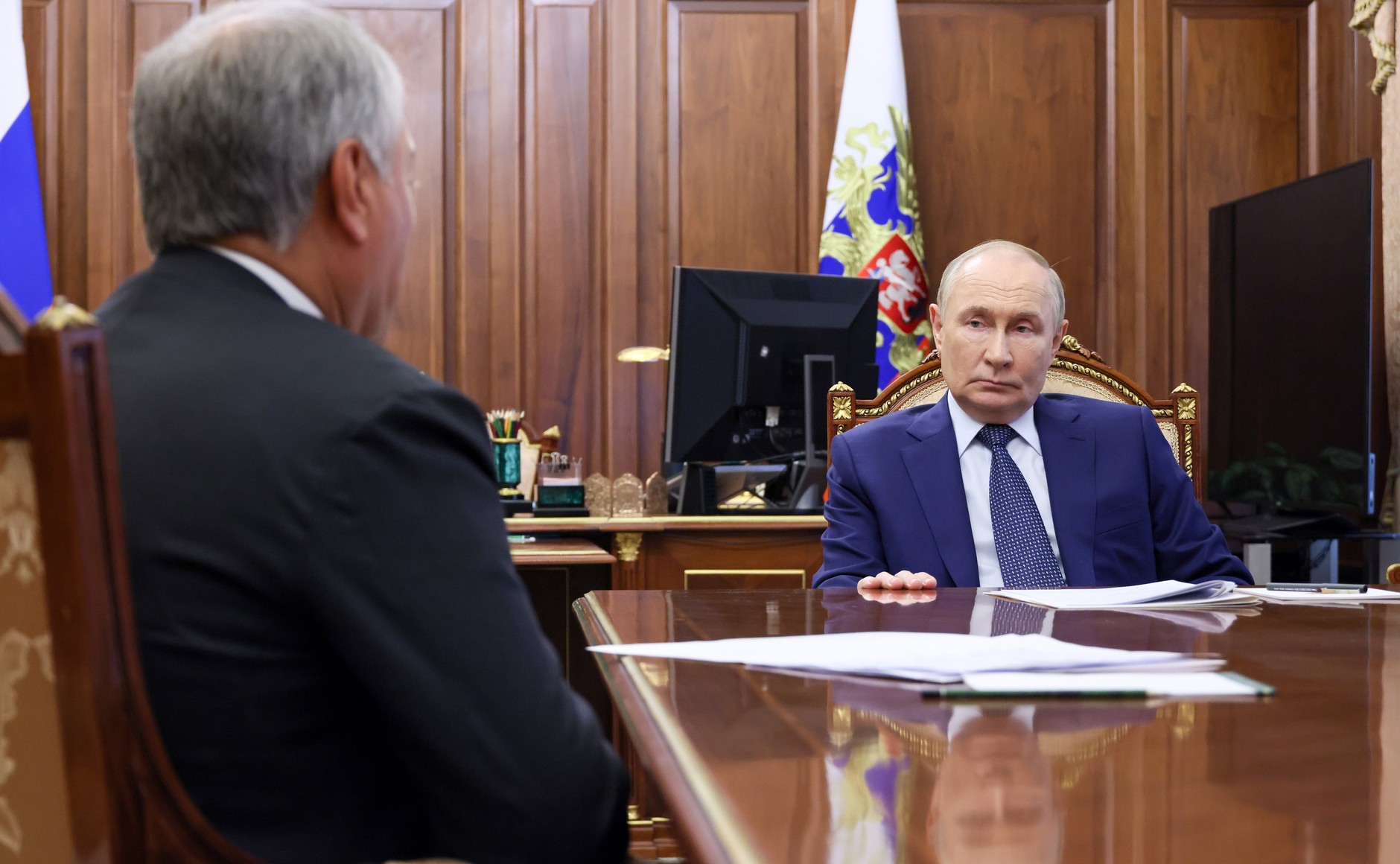
A Spectrum of Threats Risks Disrupting This Year’s World Cup in Russia
A Spectrum of Threats Risks Disrupting This Year’s World Cup in Russia
This year’s FIFA soccer World Cup championship is being hosted by the Russian Federation, between June 14 and July 15. The quadrennial tournament will be held in eleven Russian cities, many of which are not particularly well known to people in the West. Hosting the Cup is a source of enormous national pride for Russia, and leading international soccer stars, including Diego Maradona, Wayne Rooney and Cristiano Ronaldo, teamed up with Vladimir Putin to produce a promotional video on March 6, 100 days from the start of the first matches (Komsomolskaya Pravda, March 6). Holding any mega sporting event comes with a multitude of challenges, but this year’s World Cup is perhaps unprecedented in the sheer number of security threats it faces.
First, it is important to note that the sheer size of the host country is an important consideration. Fans and players will need to move between eleven host cities—not to mention the training grounds—which are dotted around the country. The Egyptian team, for example, will stay in Grozny, around 1,800 kilometers from Moscow (Sport-express.ru, January 27). While Russia has two high-speed rail lines (St. Petersburg–Moscow and Moscow–Nizhny Novgorod), many of the other host cities are accessible only via aging and slow trains with Soviet-era rolling-stock. The trip from Moscow to Ekaterinburg, for instance, takes as much as 28 hours. Russia has built new airports for the tournament, but they have yet to be tested for their ability to handle the expected massive volumes of passenger traffic. Add to this the less-than-stellar safety record of Russian airlines—illustrated on February 11, 2018, by the crash of a Saratov Airlines plane in Moscow region, which killed all 71 people on board (Forbes.ru, February 12)—and the challenges of holding a secure World Cup in such an enormous geographic space become even more daunting.
Perhaps the most significant security threat is a potential terrorist strike on a training ground or stadium from an Islamic State–inspired or related militant group. Russia has been increasingly in the Islamic State’s figurative cross-hairs since its intervention in Syria on the side of Bashar al-Assad; and large numbers of young Russian men—estimated at 5,000 in 2015 (Rusvesna.su, June 19, 2015)—have gone to fight for the so-called Caliphate. Some may now have returned with combat experience and even greater anger toward their home country. Against this background, the Islamic State has already issued threats against Russia, including a video taunting the Kremlin leader, in which one participant holds a placard stating, “Russia 2018. Putin you unbeliever. You have paid for the murder of Muslims” (Belnovosti, April 11). Whereas, a recent journalistic investigation claims to have found evidence of a planned chemical weapons attack on the World Cup (Rusvesna.su, April 1). Last October, the Islamic State released a propaganda poster with the official World Cup 2018 logo twisted to hold a bomb; the poster also featured a terrorist with an automatic weapon and a stadium closely resembling the Volgograd Arena in the background, accompanied by the words “Wait for us” (Segodnya.ru, October 17, 2017). Other Western media outlets have published rumors about the Islamic State planning an attack on this year’s soccer championship using drones.
Another threat to the World Cup comes from the ongoing conflict in Donbas, eastern Ukraine. One of the host cities, Rostov, is less than 80 kilometers from the border with the separatist “Donetsk People’s Republic.” While it is unclear what the Moscow-backed enclaves could have to gain from embarrassing their sponsor, it is also not entirely certain that the authorities in these regions have complete control over their societies. In one potential scenario, someone from the region could kidnap Western tourists in order to extract a ransom. Indeed, in one real sense the conflict in Donbas (combined with the ongoing conflict in the North Caucasus) has already increased threats to a peaceful World Cup—namely via the proliferation of firearms in the hands of ordinary Russians (see EDM, April 11, 2017).
One of the most infamous security threats—and certainly one that looms large in the minds of England supporters—concerns Russian soccer hooligans. Since the 2016 Euro finals, in which Russian hooligans beat England supporters en masse in an attempt to claim the hooligan crown in European football, worries about violence perpetrated by soccer “fans” have dogged the World Cup. Alexander Shprygin, the leader of the All-Russia Union of Supporters, one of the largest aggressive groups involved in the Euro 2016 disturbances, has said that he considers brawls with fans from Europe, including England, likely at the World Cup (Sportarena.com, June 25, 2017). Russian hooligans have recently declared on the online social media network VKontakte that England fans who travel to the World Cup risk making a “death covenant” (Dsnews.ua, April 9) and have threatened to kill them. Hooligans, moreover, represent a qualitatively different threat than large-scale terrorist acts: a sort of dissipated violence that is much harder to police. Sources known to this author suggest that, so far, the approach of the security services has been to “advise” known hooligans to leave the country for the duration of the World Cup. Additionally, there is the menace of societal racism, which has deep roots in Russia. Notably, it was on vivid display during last year’s “dress rehearsal” Confederations Cup, when Russian fans in Sochi wore blackface to “welcome” the Cameroonian team (The Guardian, May 30, 2017).
Many security threats thus risk disrupting this year’s World Cup in Russia, a situation made worse by the ongoing diplomatic wrangling and sanctions between Russia and the West. While no one security threat on its own is insurmountable, the cumulative nature of the threats and Russia’s current international isolation make the task of ensuring a safe World Cup begin to look Sisyphean.


